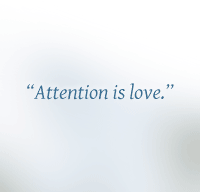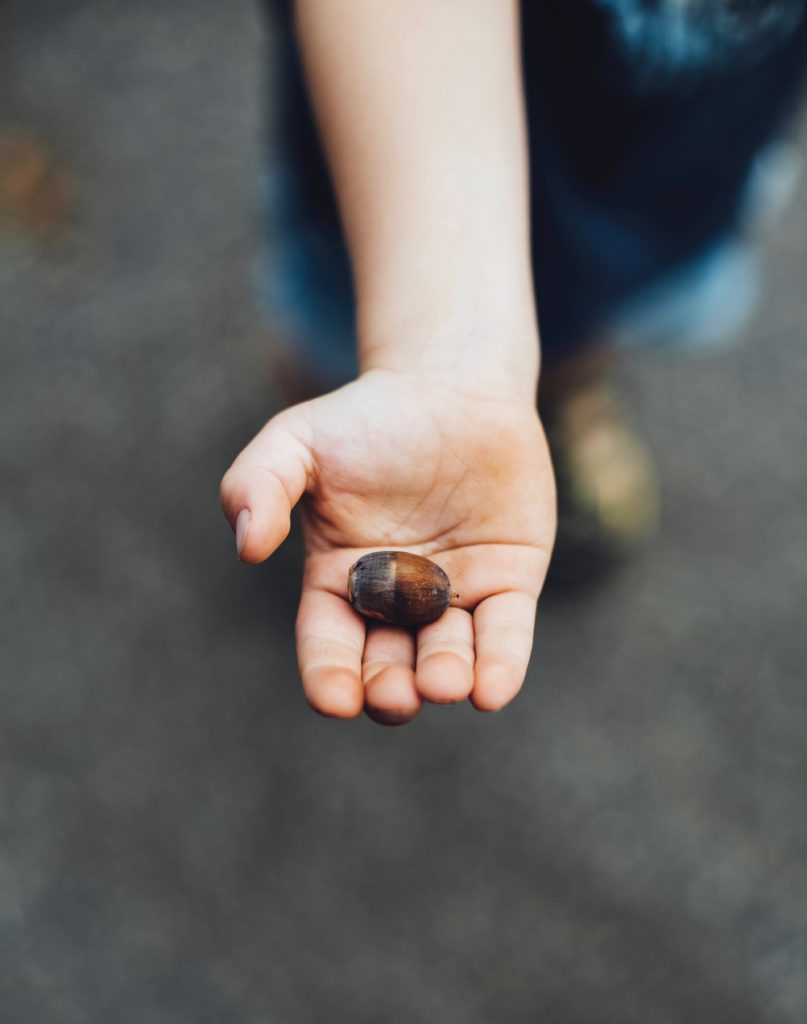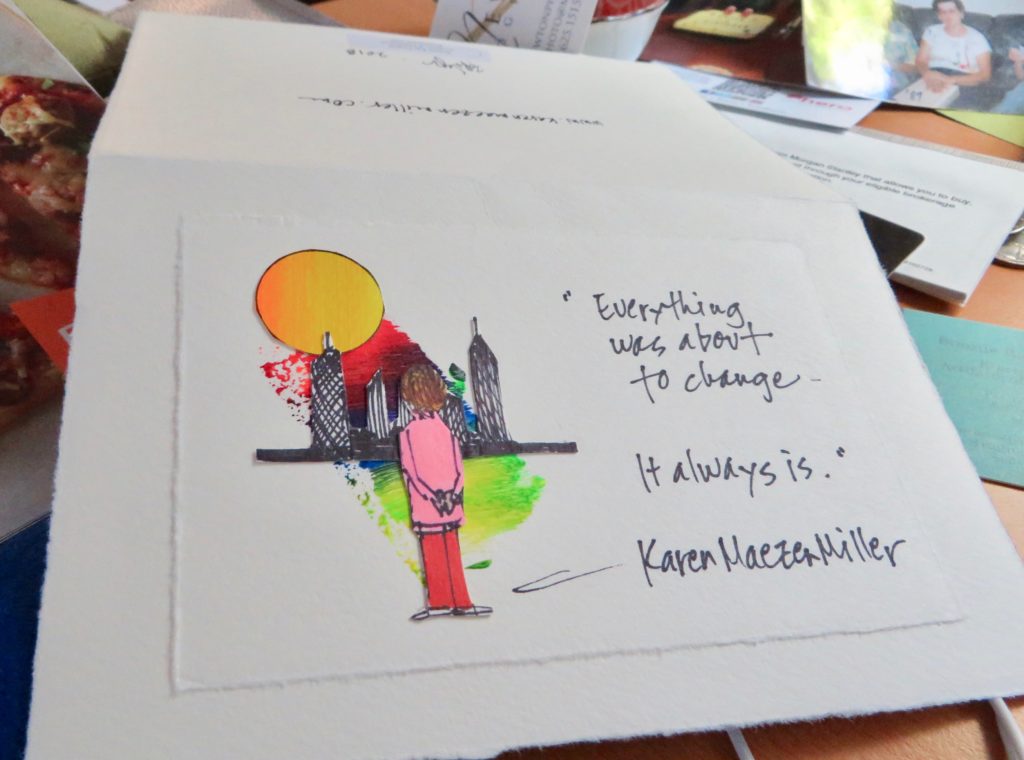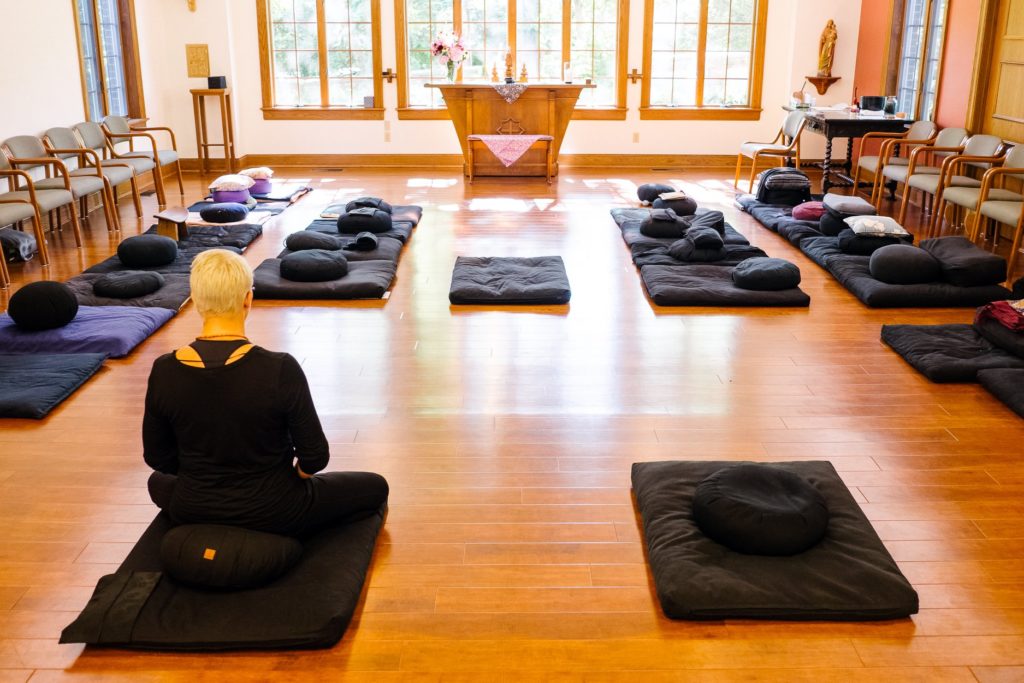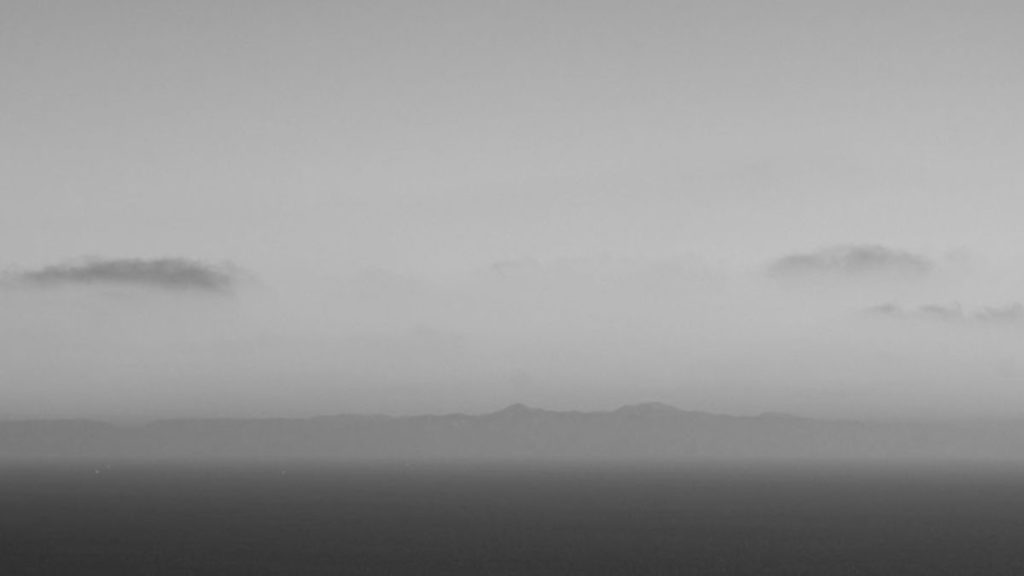try to turn off the radio
take out the earbuds
save the podcasts
for another day
set your phone down
pause the music
save the lullabies
for later play
put your shoes on
leave your front door
greet your neighbor
sunshine lights your way
do something, really do something
that makes a difference
today

try
October 17th, 2018 - 1 Comment
doing something
September 29th, 2018 - 9 Comments
Last night I said a service, or chant, invoking compassion and healing for 150 victims of sexual assault. These are our daughters, sisters, mothers, sons, brothers, and, yes, mostly ourselves. After the convulsive end to Thursday’s Senate hearing, I felt like I’d been run over and left for dead. Women were not going to heard or believed. Nothing would ever change. Then I remembered what my teacher said about those times when we think we can do nothing: We can always do something. I asked for the names of sexual assault victims from among my friends on Facebook, and before the sun went down, I lit incense and chanted their names, or for privacy, their initials.
Christine Blasey Ford changed everything on Thursday. Maybe not in the way I thought at first. Maybe not in the way I’d hoped after her painfully honest answers. Beforehand, one expert said she needed to appear unassailable to be a good witness. When I was live-streaming the hearing first thing in the morning, my husband passed by. “How’s she doing? Is she good?” And I said no, she’s not good. She’s nervous. She’s wounded. Her voice is high and cracking. She sounds like a 15-year-old. When she told the prosecutor how the experience had affected the rest of her life—the anxiety, phobias and panic attacks—I recognized the voice.
It was the voice of a girl crying late one summer night about what a boy had forced her to do. Her fear and shame after. Feeling ugly, unwanted, and abnormal. The self-harming, anxiety and panic attacks. No longer belonging. Unable to trust. Being so different than she used to be, with no idea who she was supposed to be.
I hadn’t really put it together until Dr. Ford spoke. I hadn’t known it was one true thing: the trauma of being physically overpowered and dehumanized.
By now I’ve also seen the very same person do brave and big things, finding the seed of faith in herself. I’ve seen her give her whole heart to what she loves, and surprise everyone with her secret strength.
In the U.S., 30 percent of women will experience some form of sexual violence in their lifetime. Today it feels like 100 percent.
No matter how many, no matter how few, no matter how long, no matter how little, we are the 100 percent. And we can always do something.
Photo by Daniel Jensen
what brings you back to earth
September 24th, 2018 - 21 Comments
Gravity
by Donna Hilbert
What binds me to this earth
are the hands of my children,
as I hold my mother
holding her mother
back to the mother
who begat us all.
This is gravity.
This is why we call the earth Mother,
why all rising is a miracle.
***
From Gravity by Donna Hilbert
Photo by Markus Spiske
Tell me, what brings you back to earth?
I will award one commenter the lyrical wisdom and loving company of this beautiful new book.
learn to see
September 11th, 2018 - 2 Comments
If you don’t see the Way, you don’t see it even as you walk on it.
—Identity of Relative and Absolute
I used to go around thinking that one day my real life would begin. That some day something important would happen. My life would become interesting and enjoyable. I would do things that mattered. My hard work would pay off, and my ship would come in. All of that would make me happy, someday. But I wasn’t seeing clearly. I was missing the picture entirely. Like someone standing in the waves, looking for the ocean.
We spend a lot of time trying to see far ahead, figure it out, and plot the course to get somewhere else. But we can’t see far ahead. We can only think far ahead. Thinking far ahead is called blindness. Seeing what’s right in front of you is called seeing.
Learn to see. Because now you know that all the things that are so easy to miss are the things that really matter.
Beginner’s Mind One-Day Retreat
Sunday, Sept. 30, 9 a.m.-3 p.m.
Hazy Moon Zen Center, Los Angeles
Register by email
Photo by Frances Gunn
the moon follows us
September 4th, 2018 - 9 Comments
“The moon follows us wherever we go.” My daughter said this when she was about three, gazing up out of a car window. And she was right. The moon has not yet and never will leave her sky, or mine. I’ve heard others tell of their little ones, usually no more than three or four, seeing the same intimate companionship in the sun and stars. Little children still experience themselves — correctly, I might add — as the axis in a spectacular universe, not apart from, but immersed in its shining seas. They haven’t been taught to know more, as we have; they haven’t been instructed to think less of what and where they are.
“That’s an optical illusion,” a well-meaning someone will soon insert into this teachable moment. “It only looks that way because the moon is so big, 3,476 kilometers across, and you are so small, 384,400 kilometers away.” The child sinks back inside the stiff straps of her car seat, which isn’t in the front seat, she notices, but in the safest, smallest notch in the back, where all the wonders of the universe are explained away.
In the middle of missing my grown-up daughter, now nearly 3,000 miles away, this story came to mind. How far apart can we be when we share one mind, one heart, one sky, sun, and moon, wherever we go? It’s no illusion: as close as close can be.
Originally published March 22, 2012
what she said
August 24th, 2018 - 6 Comments
Even though it may not be necessary to write you a letter, I want to thank you again for everything you do for me. I am so incredibly lucky to have parents that support me in following my dreams, no matter how crazy they are. Even though I know I’m not always the easiest to put up with, you have always stood by me. I would not be the woman I am today without your unwavering love and support. You have shown me what a strong, intelligent, beautiful woman looks like. No matter how far away I am, I know you will always be a phone call away to help me if I am having a hard time, or comfort me when I’m feeling down, or just for me to tell you about my day. I hope one day to be as loving and supportive a mother as you are. I will always be your little snow bunny. I love you endlessly.
keep starting over
August 20th, 2018 - 1 Comment
It is important that you encourage yourself to keep starting over, to keep listening to the basic, simple instructions in how to sit, because this is a simple thing to do. But, of course, it isn’t easy.
You are here to face yourself. We are each uncomfortable in some certain way with ourselves and with our lives. Now you are here. You are sitting on your cushion and you are by yourself. You are experiencing yourself. You are breathing your own breath. The most important part to keep in mind is the body. I suppose you might think this is a thinking practice— because we always think that things require thinking—but this is a practice that ultimately requires no thinking. Your body, functioning by itself, requires no thinking. That’s why we can rely on it to guide us.
Let’s pledge to practice with the body we brought. Don’t be critical. Don’t think that you are shortchanged or shorthanded, that you don’t have the right kind of feet or knees, hips, shoulders, eyes, ears, nose, tongue, body or mind. You are perfectly endowed as a buddha. What do you think? If this practice was good enough for Shakyamuni, is it not good enough for you?
Excerpted from the dharma talk “The Breath is You”
Beginner’s Mind One-Day Retreat
Sunday, Sept. 30, 9 a.m.-3 p.m.
Hazy Moon Zen Center
Los Angeles
Register by email
Beautiful Valley: A Zen Retreat
Oct. 11-14
Chapin Mill Retreat Center near Batavia
Upstate NY
Register before Sept. 24
jewels in the dust
August 7th, 2018 - 13 Comments
When my daughter was three, she played all morning in a broad and shady yard at her preschool. There, she was instructed in the most ingenious way by having free range to climb, run, sing, swing, laugh, cry, fall down and make stuff up. The teachers had spread bag after bag of tiny beads and plastic jewels into the sand, and she and her friends made a treasure hunt of them every day, perfecting the pincer skills necessary to holding a pencil and using scissors, the final summit before kindergarten. The girls hoarded these shiny baubles into collections that were the subject of much intrigue and negotiation between them. A good day meant Georgia came home packing equal parts dirt and dazzle in her filthy pockets.
These days folks send me kind solicitations about the “transition” or “passage” I am going through as the nest empties. “I can’t imagine the feelings you must both be going through,” or “Let me know how you are handling it,” and I am embarrassed because the truth is mostly that I can’t wait. It feels the way it does when you are too pregnant and ready to burst. You’re not relishing the thought of labor but you can’t stand the delay of another day. I tell people that this is all natural and organic and such, that our current relationship is unsustainable because it is hard to share a home with someone who is 1) never home or 2) won’t come out of her room. At some point your child can come to feel like a stranger and worse, a squatter.
I’ve told most people that it reminds me of when she was three, the very age of all those treasure beads. Age three is competent enough to become bossy, as I recall, with none of the sweetening that surfaces at age four. A friend once told me that when her sons were young, her exasperation would reach a pitch where she would think, “If they don’t change I’m going to throw them out the window,” and right then they would change. In the old days I read books that affirmed this very thing: child development goes through cycles of equilibrium and disequilibrium, ease and difficulty, compliance and rebellion, with the goal that everyone simply gets out alive and with a good probation officer.
It’s interesting too that all this is happening in the same month of her birth, an unforgiving August of incinerating heat and astrological omens: lunar eclipses, solar eclipses, and that pesky Mercury gone retrograde. I don’t know what any of that means except that the dog got sick, the AC died, the dryer broke, the garden gate collapsed, and the bears are tearing into the garbage cans nightly. Today I was rescued by my trusty appliance repairman who made it out to fix the dryer. It was a simple thing, just a two-bit fuse, but there was a rattle in the drum, probably spare change trapped in the cylinder, so he would open it up and fix that too.
A little bit later he’d finished the job. In front of the dryer he’d swept up a 20-year mound of dust, topped by a myriad tiny jewels once washed out of her preschool pockets. They’d been rattling around all that time, but here they were, freed at last to shine.
where the fun stops
July 11th, 2018 - 7 Comments
Two years ago we took a summer vacation to Hawaii. Nowadays weather is unpredictable all over, and here it was unseasonably wet. Roads flooded and bridges washed out. One day the clouds lifted. Housebound and bored, we signed up for a kayaking tour that would have us paddling up a river and hiking to a waterfall.
The guide told us that because of the rain, this was the first day in a week that any boats had gone out. When we launched, the river was wide and placid. About two miles in, we pulled out to start the hike. They gave us sandwiches and cold drinks for a picnic in the shade. Then they told us that to start on the trail, we had to cross a ford over slippery rocks in high water with a churning current by holding onto a rope. We’d have to do the same on the way out. There was no way around it.
For some of us, this is where the fun stopped.
I spent last weekend sitting with a group of people in Cincinnati. Anyone who has ever been on a meditation retreat knows that the principal reason you come to sit, whether you realize it or not, is because life is difficult. Sure, meditation helps you focus and calm down. But no one with a half-opened eye comes to Zen just to chill out, be a better person, or get more out of life. This was never clearer to me than when folks began to tell me their troubles. Inside this silent room, amid a rainbow of stained glass, illuminated with the dappled daylight of the glistening garden beyond, disease was spreading, surgeries were pending, marriages were ending, parents and partners had perished, children were stumbling, money was scarce, worry was rampant, and fear flooded our hearts. The sky was falling and the earth was burning. Up ahead, the current was swirling.
Knowing what we know—the swiftness of change—and what we don’t—the miles of uncertainty ahead—how do we live?
There’s a rope over the river and we cross it together.
The rope is love. Take it.
Beginner’s Mind One-Day Retreat
Sunday, July 15, 9 a.m.-3 p.m.
Hazy Moon Zen Center
Los Angeles
Register by email
Beautiful Valley: A Zen Retreat in Upstate New York
Oct. 11-14
Chapin Mill Retreat Center, Batavia NY
Register here
it always comes out of nowhere
June 29th, 2018 - 13 Comments
We have more money and more brains and better houses and apartments and nicer boats. We are smarter than they are. We are the elite. — Trump in Fargo ND, June 27, 2018
In the light of an early morning last week, I was on a 58-foot boat motoring the 22 miles to Catalina Island off the coast of Southern California. The sky was gray, the clouds were low and the water, smooth. We hadn’t seen much—a handful of seals, a scattering of water birds, and nothing at all on the horizon—when the island suddenly penetrated the mist.
“It always comes out of nowhere,” the captain said.
I’d never been to Catalina, although I’d long heard that there wasn’t much there. As soon as the clouds lifted we set off walking. To my mind, the only way to get to know a place is on foot. A mile-and-a-half stroll across the tiny harbor town takes you a century back in time to the island’s brief heyday, when a chewing-gum magnate bought the whole of it and vowed it would never leave his hands. Mr. Wrigley aimed to turn his investment into “the people’s island,” a tourist mecca to be known all over the world.
It didn’t take me long to reconstruct what happened instead. The Wrigleys built their mountaintop home here 1921, their son’s mansion in 1927, the country club in 1928 and the Casino boasting “the world’s largest circular ballroom,” in May 1929. Yes, that 1929. In the long and great aftermath, who would dare to boast? The island was closed to visitors during WWII. Big bands died, and with it, ballroom dancing. Commercial air travel would soon make far more exotic locales accessible to tourists. Dreams disappeared like mist.
Decades later the island remains what it has always been, a lovely little spot to see the endless wash of wind and waves, which leave their mark without a word.
Can anything be imagined so ridiculous, that this miserable and wretched creature [man], who is not so much as master of himself, but subject to the injuries of all things, should call himself master and emperor of the world, of which he has not power to know the least part, much less to command the whole? — Michel de Montaigne
This sad week has felt, politically speaking, as if nothing will ever change, that the deck is stacked, the course is set and the outcome is irreversible. The vain and vile talk of “more money, more brains, and nicer boats” recalled, for me, the nicest boat of all, the world’s largest ocean liner, built by the richest men with the biggest blindest egos and ambitions, a vessel that nonetheless took only 2 hours and 40 minutes to submerge completely under the North Atlantic and a scant 5 minutes more to reach the ocean floor. All because something always comes out of nowhere, and things really do change overnight.
Photo by Matthew Johnson
a sip of stillness
June 25th, 2018 - No Comments
I’ve added a one-day beginner’s retreat on Sunday, July 15 in case you need a sip of stillness in your summer. All the information you need to register is right here.
Beginner’s Mind One-Day Retreat
Sunday, July 15, 9 a.m.-3 p.m.
Hazy Moon Zen Center
Register by email
a story about butterflies
June 11th, 2018 - 5 Comments
When our children are little we ask them what they want to be when they grow up. A butterfly, they might say, a fireman, mommy, giraffe, teacher, tiger, truck driver, astronaut! And these are good answers. They are born knowing how to be so they know they can be anything.
But when our children are older we no longer ask them what they want to be. We ask what they want to do. What is lost? What is gained? What happens when we do not release the butterfly?
The End

